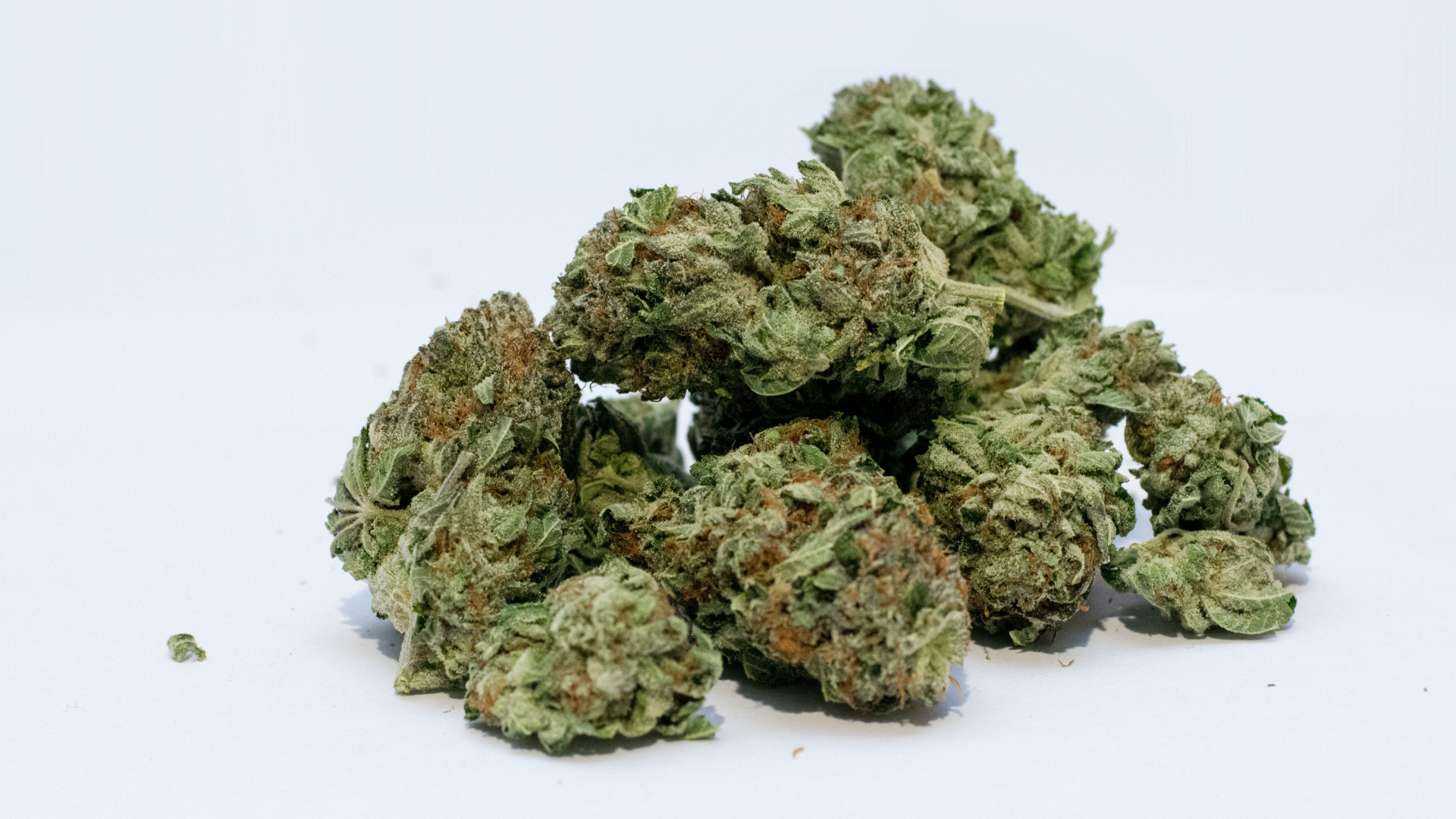Marijuana and Breastfeeding

February 18, 2019

Over the past 10 years we have seen a rise in the number of states where marijuana sales and use are legal. This has opened the door for women to publicly ask about, and for researchers to publicly investigate marijuana use during lactation. There are properties of marijuana that raise concern about it’s use during lactation. Specifically, there are components of marijuana that are fat soluble – and maternal fat is actively passed through the mammary gland to create human milk. However, due to the illegality of marijuana in most places until recently, controlled trials to determine IF cannabinoids pass into human milk were not possible. Current recommendations by lactation professionals are that cannabis use should be discontinued and mothers should be allowed to breastfeed.
Do cannabinoids pass into human milk?
Yes, cannabinoids pass into human milk. Research in humans has confirmed that the psychoactive ingredient in marijuana (delta-9-tetrahydrocannabinol or ∆9-THC) does pass into human milk. You can see an original study here and a review study here. One study has shown that THC levels in human milk can be up to 8 times greater than in maternal plasma, owing to the fat-soluble nature of the component (n=2 mothers). This study does not have full-text available online, but you can see the preview here and results are outlined in the full text review study linked above. This same study detected THC metabolites in fecal samples of the infants breastfeeding from the mother’s using marijuana. Two other studies detected THC metabolites in the urine of infants after dietary exposure (no full text publicly available; see previews here and here).
How long after using marijuana is it detectable in human milk?
We currently only have one study (here) that looks at marijuana use over time. Their estimates show that cannabinoids are detectable in human milk for between 3 and 6 days after use. Additionally, they found that when you freeze human milk, cannabinoids are stable. Thus, pumping your milk for storage/future use will not lower the levels of cannabinoids that the infant is exposed to.
Do cannabinoids impact infant development?
While we do not have an extensive amount of research complete in human subjects, the research we do have has mixed results. One study found that high exposure (2-5 joints per day) during infancy was associated with decreased psychomotor development, but not neurobehavioral development, at 1 year of age (see full study here). Another study found no difference in motor and mental development at 1 year of age when exposed to cannabinoids during infancy (see full study here). In this area, we need more extensive research with human subjects.
If you consider the animal studies that have been done to determine if THC exposure impacts infant development, there is more evidence that THC can have a concerning effect than evidence that there is no effect.
So…what does it mean?
Basically, it means that right now, we don’t have a definitive clinical answer (still!). Professional organizations caution the use of marijuana both during pregnancy and during lactation. The research we do have suggests that conservative use of marijuana (1-2x/week) is safer than heavy marijuana use (2-5x/day), with components of marijuana in human milk measuring at lower concentrations with lower use.
If we use biochemical structure to determine safety (as Thomas W. Hale and Hilary E. Rowe do in their Medications & Mother’s Milk textbooks), cannabis is rated as a L4 drug.
L4 – Possibly Hazardous
There is positive evidence of risk to a breastfed infant or to breastmilk production, but the benefits from use in breastfeeding mothers may be acceptable despite the risk to the infant (e.g., if the drug is needed in a life-threatening situation or for a serious disease for which safer drugs cannot be used or are ineffective.)
Hale and Rowe, 2019
Disclaimer: nothing on this page may be construed as medical, legal, or financial advice.
Filed under
Published on
Type a search + hit enter!
Browse the Blog
Category #1
Category #2
Category #3
Get Your copy →
Cross the finish line with confidence.
Don't walk into your IBCLC exam nervous - with our comprehensive study guide in your back pocket, you'll be prepared for every scenario and question.
© 2024 Hope Feeds Families LLC | Policies | Site Credit